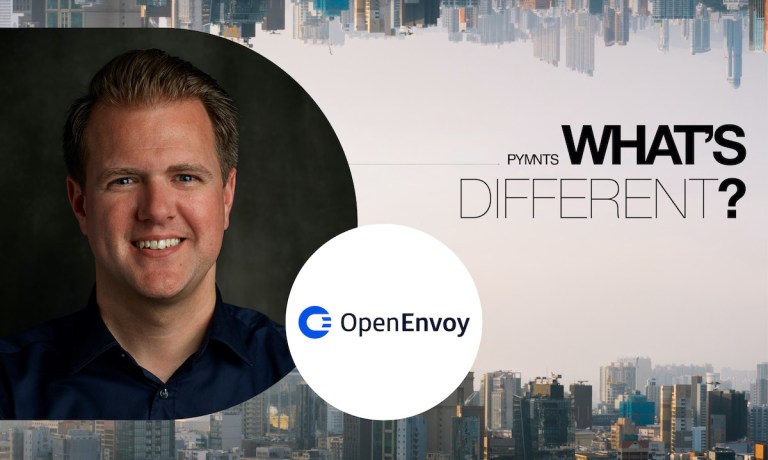
PYMNTS asked business leaders for their take on how to plan for the rest of 2023 and what they are telling their teams to focus on. OpenEnvoy CEO Matthew Tillman said CFOs are realizing AI doesn’t just replace a lot of work, it also replaces vendor headcount and automates costly finance workflows, preventing billions of dollars in wasted spending.
Inflation, workforce reduction, and the recent banking crisis are numerous issues impacting FinTech today. Thankfully, the rapid advancement of artificial intelligence (AI) has also impacted savvy FinTech with improved cash flow management and margins.
However, accounts payable (AP) automation users who used traditional workflow solutions are now facing department turnover and are not realizing the cost savings they expected. Traditional AP automation solutions transfer work from the finance team to the business with the theory being that the business understands the spend better and should be responsible for managing the approval process. While this type of workflow management product lowers the cost of financial operations, it increases the overall cost of spend management to the company by utilizing higher-cost labor and expensive automation software effectively negating the expected ROI. The pandemic created a generational change in technology where companies don’t have the people required to operate workflow solutions and are turning to third-party business process outsourcing — trying to desperately bridge the gap on the workflow solution they see in the market versus what they have the capability to use.
In Q1 2023 our customers asked us things like, “How does the AI work?” The first time a customer sees how quickly AI can understand financial spend and take action on its understanding is an incredible thing to watch. For decades, CFOs have seen workflow solutions that are no longer necessary to process invoices at scale. AI doesn’t just replace a lot of work for the customer either, it also replaces vendor headcount. AI automates costly finance workflows preventing billions of dollars in wasted spending.
The market needs to raise its bar and demand solutions that are 100% accurate, processed in real time, and deliver bottom-line value. Best-in-class controls currently exist to protect companies from vendor fraud, keep cash flow safe and hold vendors accountable. No-code integration is also available to get companies up and running quickly. Automating this tedious work for AP teams frees valuable resources and increases effectiveness.
Customers you wouldn’t typically think would be interested in the technology, like legacy manufacturing firms, started asking us detailed questions about receiver operating characteristic (ROC) curves, for instance. Those classic manufacturers now want to find out how advanced AI works and how it impacts operating margins and cash flow.
In the past three months, the tone has completely changed from what can you do, to how do you do it? Customers now see AI has a real impact on their business. They also see how few people they need to run a department. In the future, we’ll see a lot more CFOs thinking, “How can we run a department of one?” That’s changed considerably. In the next two years, we’ll see companies of one.
The pace of development in our space continues as well. CFOs who move quickly will survive, and those who can’t … won’t. Every year it gets harder to produce returns and finance teams are shrinking.
Roles are changing, and companies and employees need to adapt. End-to-end automation is the key to success, and that means jobs are changing, or will be eliminated. Finance is about results, and the markets want to see immediate, meaningful ROI. Capital markets want to see great efficiency, higher yield and better cash flows. And they’ll look for it at the expense of headcount.
For all PYMNTS B2B coverage, subscribe to the daily B2B Newsletter.